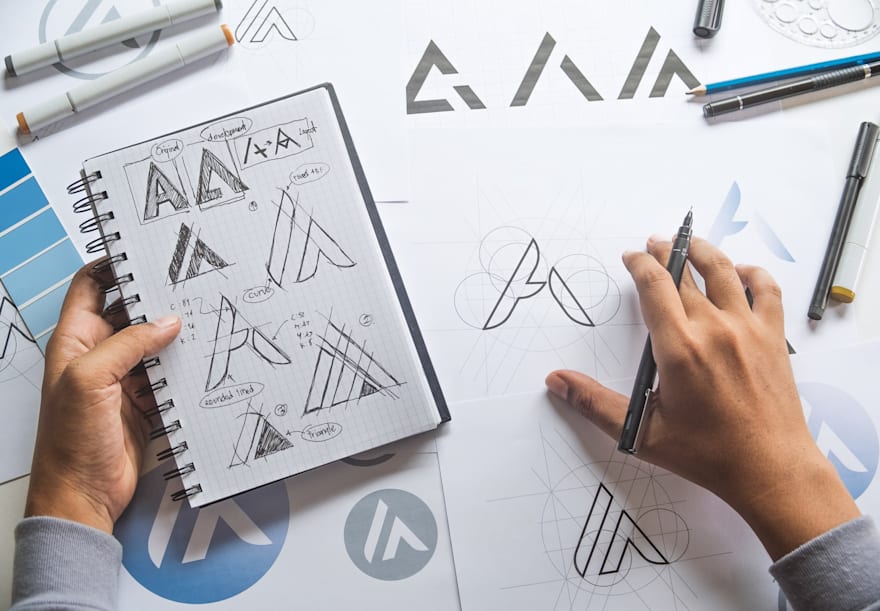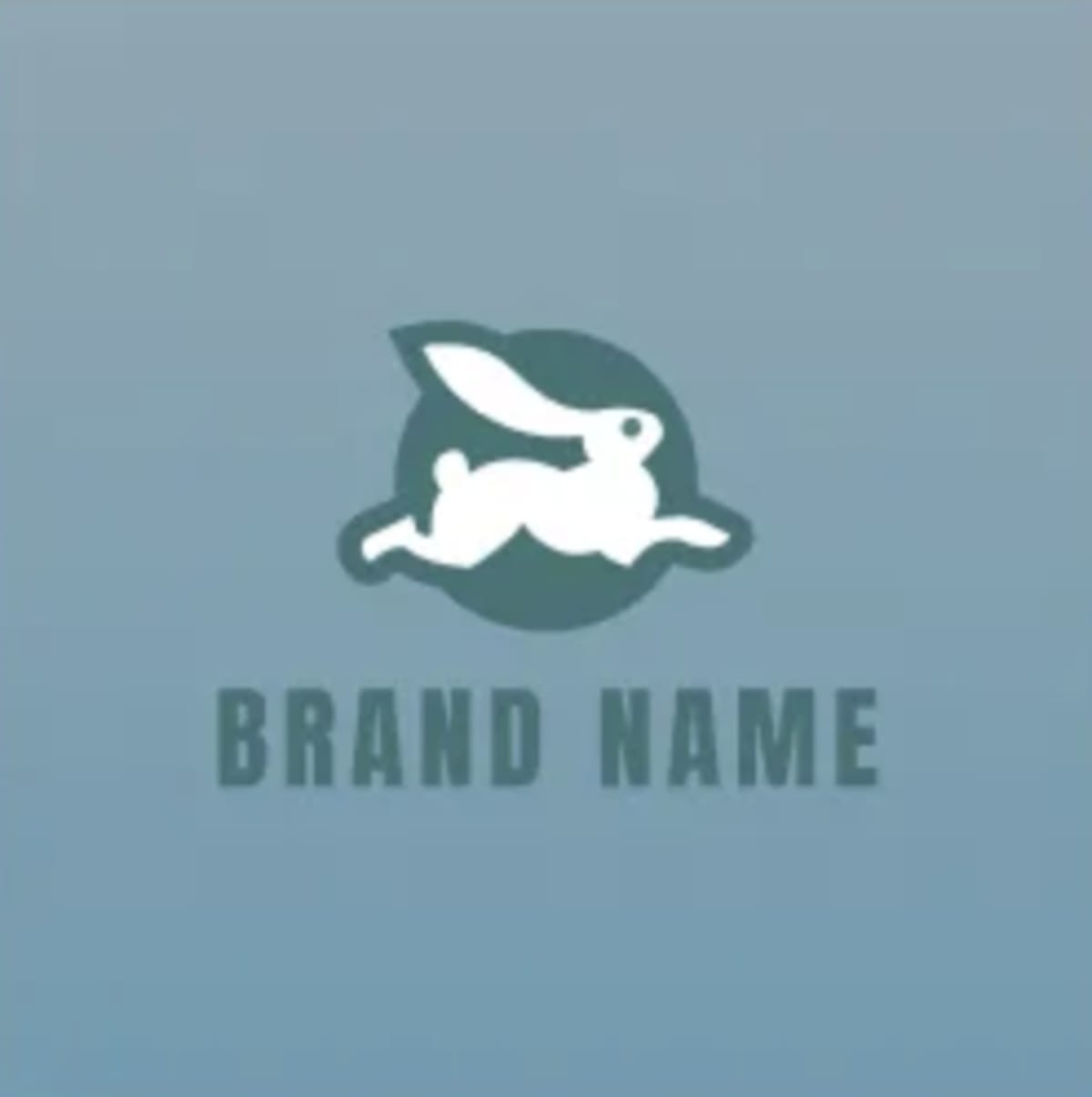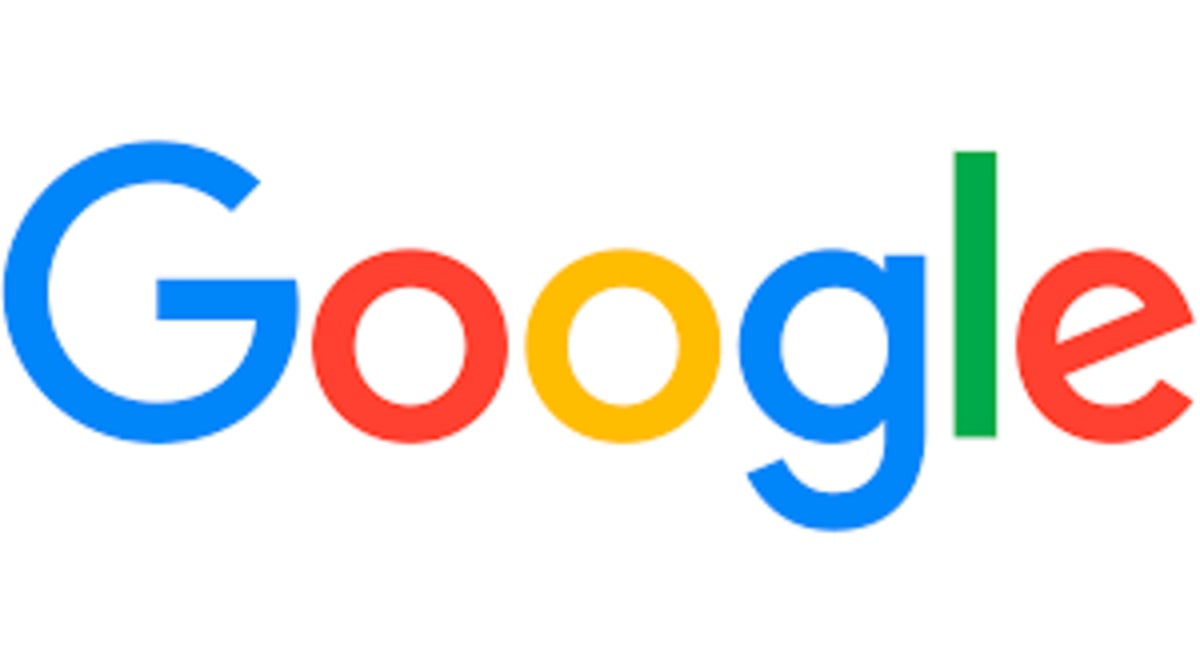
Learn how to choose the right type of logo for your brand
Your business logo is its centrepiece. It’s typically the first piece of branded material anyone encounters, and it’s the image that comes to mind when they hear your company’s name.
Selecting the correct type of logo is, therefore, an essential first step when creating or refreshing your company’s brand identity.
However, choosing the perfect logo for your business is never a simple task, as there’s no one-size-fits-all solution. With several different types of logos available, selecting the one that’s most effective at representing your brand can be a huge challenge.
So, how exactly do you distinguish between the different types of logos and understand which one is most appropriate for your brand?
This guide will walk you through understanding the different types of logos and which is right for your brand.
Types of Logos – The Basics
1. The 7 types of logo designs
When it comes to creating a business logo, there are seven main types to consider. You can choose the one that best fits your company name or overall aesthetic, or you can combine both text and imagery to create something truly unique.
1. Pictorial Mark logos

Also known as logo symbols, pictorial marks are graphics-based logos. They feature simple imagery with no text and are common among brands that have already built-up brand recognition or want to become identifiable by a single symbol.
Target and Apple have chosen to employ a design that literally represents their brand name, whereas Major League Baseball’s batter silhouette uses a symbol that precisely reflects what they do.
Pictorial marks don’t rely on language and can therefore be understood all over the world. Additionally, representing your brand with a symbol or image can make it more recognizable.
Pictorial mark logos work well when:
- You have a long or complicated name.
- Your brand is already well recognized within your sector.
- You operate internationally, and your brand name doesn’t lend well to translation.
- You can easily represent your business name, specialization, or history through a specific symbol.
What else do you need to know about pictorial marks? As long as the chosen symbol is suitable for your industry, resonates with your target audience, is original, and is not overly complicated, it can be effective. However, because a brand mark is just a picture, it can hinder newer companies’ ability to establish name recognition in the market.
Get inspired by pictorial logos
2. Lettermark logos (Monograms)

Lettermarks, or monograms, are logos that feature two to four letters that typically form an acronym of a business name. As a result, businesses with long names are more likely to choose letter marks.
Shortening a business name down into a bite-sized abbreviation can make a company’s brand more memorable and easier to talk about. Additionally, letter marks logos often feature clean, clear, and simple designs, making them suitable for use in a wide range of marketing applications.
IBM, CNN, HP, NASA, and HBO are a few well-known businesses that have embraced a lettermark logo to match their abbreviated brand name.
Lettermark logos work well when:
- You want to compress a lengthy business name with many words into a catchy and easily remembered initialism.
- You may need to recreate your logo frequently across a variety of applications, especially at small dimensions.
If you opt for a lettermark logo, be sure to use a typeface that’s consistent with your brand. Additionally, personalizing the characters will make a monogram much more distinctive, allowing it to stand out from the crowd and appeal to a broader audience.
Get inspired by monogram logos
3. Abstract marks

An abstract mark is much like a pictorial logo in that it uses a stand-alone icon or graphic as a symbol to represent a brand. However, it features imagery that doesn’t represent real-world objects. Instead, an abstract logo mark contains an indistinct symbol exclusive to that company’s identity.
Using an abstract logo mark allows a company to compress its brand into a single, easily recognizable, original symbol, with much less risk of confusing it with a competitor’s mark.
Using an abstract symbol rather than a literal representation may provide more flexibility in the long run, especially if a company’s direction or offerings are likely to change.
Pepsi, BP, Adidas, Mitsubishi, and National Geographic are famous brands utilizing an abstract logo mark.
Abstract marks work well when:
- You’re in a crowded industry or market, and you need a distinctive symbol to stand out.
- You’re working in international markets and need a symbol that can withstand cultural differences.
- You believe your brand’s product or service direction could change in the future, so you need a versatile mark
If you work across multiple countries or cultures, an abstract logo can speak to all of your audiences. An abstract logo can still represent what you do symbolically, through the use of colour and shape, and without the cultural overtones that are sometimes associated with well-known items and objects. Understanding how to convey specific ideas just through the use of colour, form, and structure, however, can be complicated and requires a thorough knowledge of core design principles. This is where a professional graphic design approach can add tremendous value.
Get inspired by abstract logos
4. Wordmarks

Wordmarks are font-based logo designs that feature all or part of an organization’s name and no other symbols. As a result, they’re all about typography, as consumers must remember a word rather than an icon that accompanies it.
Wordmarks often have a clean and straightforward style, as they only contain letters. Plus, when combined with powerful typography and signature colours, this logo style helps to create strong brand recognition. To understand the power of wordmarks, you can look at the example of household-name brands that have embraced this style of logos—such as Google, Coca-Cola, Visa, Disney, and FedEx, to name just a few.
Wordmarks work well when:
- Your business name is short (typically just one word), distinctive, and memorable on its own.
- Your company is new to the market and wants to build name recognition and awareness.
- You must use your logo in a variety of applications—particularly on busy backgrounds.
Keep in mind that because there’s no symbol to hide behind, your wordmark logo must feature a typeface that’s appealing to your target audience. Aim to be unique while still being true to your brand personality. Also, pay attention to competitor logos and avoid using a mark that’s too similar to one that already exists. (PDF) Conceptualising brand personality: A review and research propositions
5. Emblem logos

An emblem logo is a type of logo where a typeface appears within a symbol or icon. Therefore, they are both typographical and pictorial in nature. Emblems are often more traditional in style and are particularly popular among schools, organizations, and government bodies. They are reminiscent of crests, seals, and badges, all of which lend to their timeless design.
These old-school logos can offer an original and classic look, but this doesn’t require them to have a traditional appearance. We’re now seeing numerous examples of emblems modernized to appeal to 21st-century audiences while drawing inspiration from their time-honoured roots. Brands such as Starbucks, Harley-Davidson, General Electric, and Harvard University are four famous examples of emblem logos.
Emblem logos works well when:
- Your brand may benefit from a more formal, traditional, and professional look.
- You want to stand out in a crowded marketplace and need a distinct and highly stylized identity.
While an emblem can be a unique and eye-catching logo, the depth and complexity that’s often involved mean they’re not very versatile. Additionally, a distinctive emblem can form a strong brand identity but will often need well-designed supporting brand elements to translate efficiently across all media.
6. Mascot logos

A mascot logo uses a character or spokesperson who represents the face of the brand. This might be a fictional character or an iconic person associated with the company, such as its founder.
To understand the potential value of mascot logos, think about their application in the sporting world. Sports teams adopt mascots, often animals, to embody and signal that their players emulate the strength, power, and grace of those animals.
A mascot logo uses a character or spokesperson who represents the face of the brand. This might be a fictional character or an iconic person associated with the company, such as its founder.
To understand the potential value of mascot logos, think about their application in the sporting world. Sports teams adopt mascots, often animals, to embody and signal that their players emulate the strength, power, and grace of those animals.
Having a mascot in your company logo can embody your brand values while giving your brand an unmistakable personality. Additionally, mascots tend to resonate strongly with a brand’s target audiences and provide meaningful opportunities for brands to interact with their audiences on a more personal level. Companies such as KFC, Captain Morgan, Monopoly, and Mr Muscle use a mascot logo to create a distinctive persona for their brands.
Mascot logos works well when:
- You have a founder with a strong personality or strong purpose behind founding the company.
- You believe a person, character, or animal can convey the qualities and personality of your brand.
When using a mascot logo, the style might range from bright, cartoonish, and fun for children to a more refined representation for a mature audience. Remember that the intricate nature of a mascot logo doesn’t necessarily suit every application, especially those with smaller resolutions.
7. Combination of logos
Combination logos include a typographic mark (lettermark or wordmark) as well as a pictorial element (symbol, abstract, or mascot). While combination marks feature both a typographic and pictorial element, brands can use either element alone once they’ve established a clear brand identity. As a result, a combination mark can ultimately give brands significant versatility in logo usage.
The text and symbol work together to enhance a brand and can be an excellent choice for any business—whether a new startup or an established corporation. People will immediately identify the business name with the pictorial mark. This approach is typically more effective than a pictorial mark alone in increasing and maintaining name recognition. As an added benefit, the pictorial component can often convey more about a brand’s message and values than a company name will on its own. Burger King, Microsoft, Amazon, and Lacoste use a combination logo to represent their brand.
Combination logos work well when:
- You need to ensure your logo’s versatility across multiple applications.
- You want to establish name recognition and convey your brand’s personality and values.
- You want to create a one-of-a-kind logo that will be easy to trademark.
Starting with a combination mark gives you the flexibility to eventually strip back elements or use individual aspects later on as your audience becomes more familiar with your brand. Due to its combination of text and imagery, however, it can be a more complex logo to get right.
2. Research the competition
Once you’ve familiarized yourself with the seven different types of logos—including why they’re valuable and when they should be considered—the next step is to research how your competitors choose to represent themselves through their logos.
You want to make a point of distinguishing yourself from your competitors. If everyone else in your industry is embracing a monochromatic wordmark logo, for example, you might consider using some colour to stand out. If everyone else’s design is a traditional emblem, perhaps fun and creative logo will make your brand front and centre.
Examine what’s already out there in the marketplace and consider what appeals the most to your target audience and what you should avoid. While researching your competitors, think about what makes them different from you and how you can highlight these differences in your logo design.
3. Find inspiration for your design
Thankfully, finding inspiration for your logo design isn’t difficult. Fiverr’s Logo Maker lets you explore popular and inspirational logo styles to influence your logo design.
You can browse the different types of logos based on industry, such as small businesses (including real estate, fitness, coaching, retail, and more). Once you have some perspective on logo options, you can input some details about your brand so that our artificial intelligence (AI) algorithm can suggest logos that are well-suited for your business.
Create a custom logo for your brand with Ndiwano Logo Maker or hire a freelance logo designer expert.

